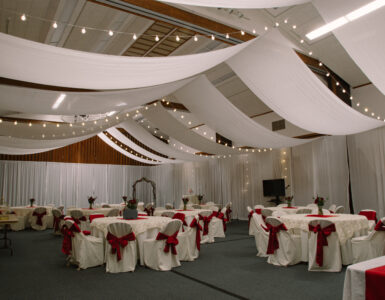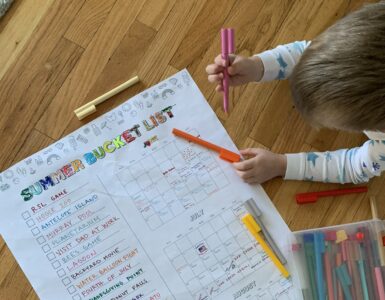Use a 5th grade art technique to add dimension to your flat-panel
furniture.
Jennifer Heslop shares four surface treatments to take the average old
piece of furniture over the top. No paint needed.
Jenn’s Steps to Decoupage for Paper, Fabric & Lace
1. Apply a generous, even layer of mod-podge or white glue over surface
to be covered.
2. Lay paper/fabric over surface. Lace and fabric should be gently stretched
and smoothed as you work.
3. Apply another coat of mod-podge over top.
4. Allow to dry for several hours.
Decoupaged Tin Foil Panels
1. Cut a piece of cardboard to desired size and shape (poster board works
well).
2. Draw or trace design onto cardboard. Trace over the lines with a sharpie
marker.
3. Trace over sharpie outline with white glue. Use enough glue to leave a
thick bead over outline.
4. Allow the glue to dry completely.
5. Once glue has dried, tear off a piece of lightweight aluminum foil large
enough to cover the entire panel.
6. Start at one end of panel, and slowly press foil down onto cardboard.
Use your finger or blunt pencil to press foil tightly against glue lines.
7. Work slowly, gently pressing down foil until entire panel is covered. Wrap
excess foil around back of panel.
8. Apply a coat of black antiquing gel over foil to give the panel an aged
patina.
9. Adhere the panel to furniture, etc., using mod-podge or spray adhesive.
10. Apply a coat of mod-podge over top as a sealer.















Add comment